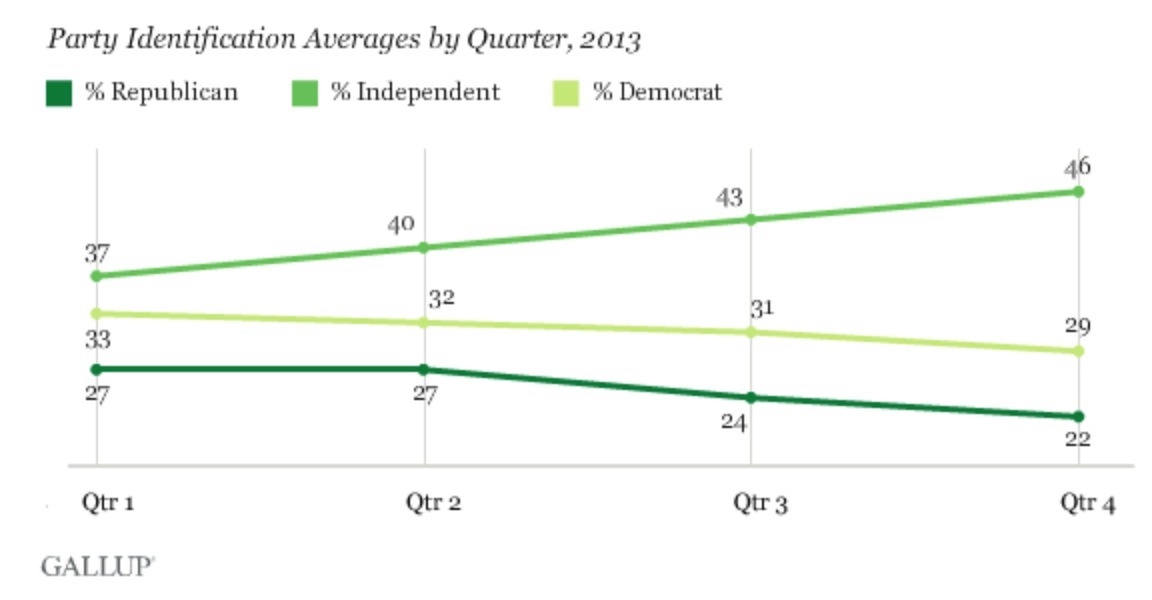The capital markets have become artificial with all risk being mispriced due to Fed intervention.
The problem with this is that when the capital markets “break” due to a loss in credibility, the shift tends to be both swift and violent. I noted before that the yield on the ten-year Treasury is the basis for the pricing of all risk in the capital markets. With this yield being manipulated by the US Federal Reserve to the tune of $70 billion per month, the entire landscape for risk has become distorted.
This is not to say that there will not be substantial opportunities to make money in the capital markets going forward. Rather, I am stating that the capital markets will not be the safest, most stable places to do it. Risk in general is being mispriced today. There will be an adjustment and all investment in the capital markets needs to keep this in mind.
I wish to note that I’m not alone in the view that the capital markets are offering limited opportunities.
Stanley Druckenmiller founded his hedge fund Duquesne Capital in 1981. From 1986 onward he maintained average annual returns of 30%. He also managed George Soros’ Quantum Fund from 1988-2000. During that latter period he famously facilitated Soros’ “breaking of the Bank of England” trade: the legendary trade which netted over $1 billion in a single day.
Druckenmiller closed Duquesne Capital in 2010, stating that he was no longer able to meet his investment “standard[s]” in the post-2008 climate (he made money in 2008 before the Fed began to alter the risk landscape).
Druckenmiller’s key strength has always been macro-economic forecasting. That he would feel the capital markets were not offering him the opportunities he needed says a lot.
Seth Klarman is another investment legend who is returning capital to clients. Widely considered to be the Warren Buffett of his generation, Klarman recently cited a lack of “investment opportunities” as the cause for his decision to downsize his legendary Baupost Group hedge funds.
Other legends or market outperformers who have returned capital to investors or closed their funds to outside investors are Carl Icahn and Michael Karsch. Indeed, even value legend Warren Buffett is sitting on the single largest amount of cash in the history of his 50+ year career as an investor, stating that stocks are “fully valued” at current levels (Buffett largely does not believe in shorting the market, so his decision to be in cash is a strong indicator of opportunities).
These men are masters of the capital markets. They are voting with their feet and pulling their capital out of them. Given that their personal compensation is closely linked to assets under management and profit sharing, this decision is akin to the choice to forego additional wealth that could be made quite easily (none of these individuals would have trouble raising several billion more in capital) rather than trying to find opportunities in a challenging market.
For a FREE Special Report outlining how to protect your portfolio from this, swing by: http://phoenixcapitalmarketing.com/special-reports.html
Best Regards
Phoenix Capital Research
![]()
via Zero Hedge http://feedproxy.google.com/~r/zerohedge/feed/~3/BaD85UtIrG8/story01.htm Phoenix Capital Research

















